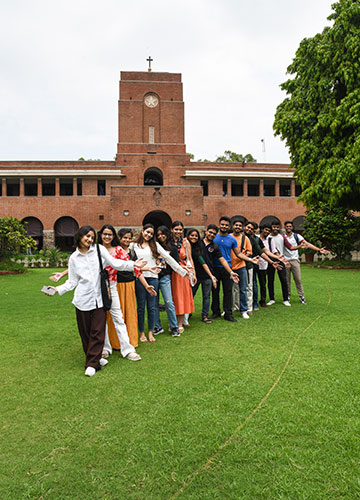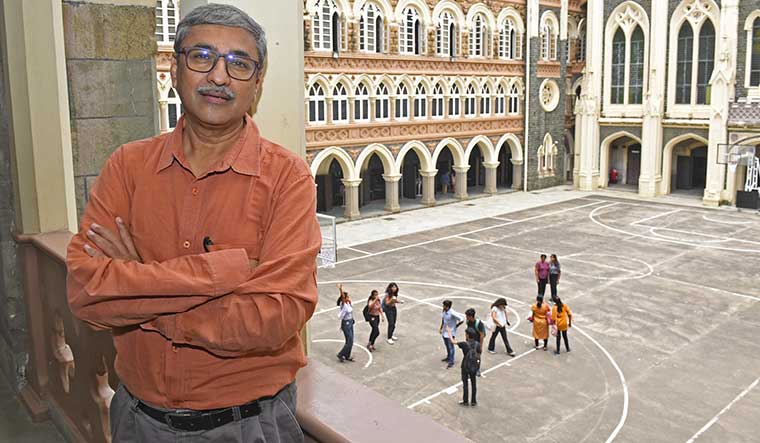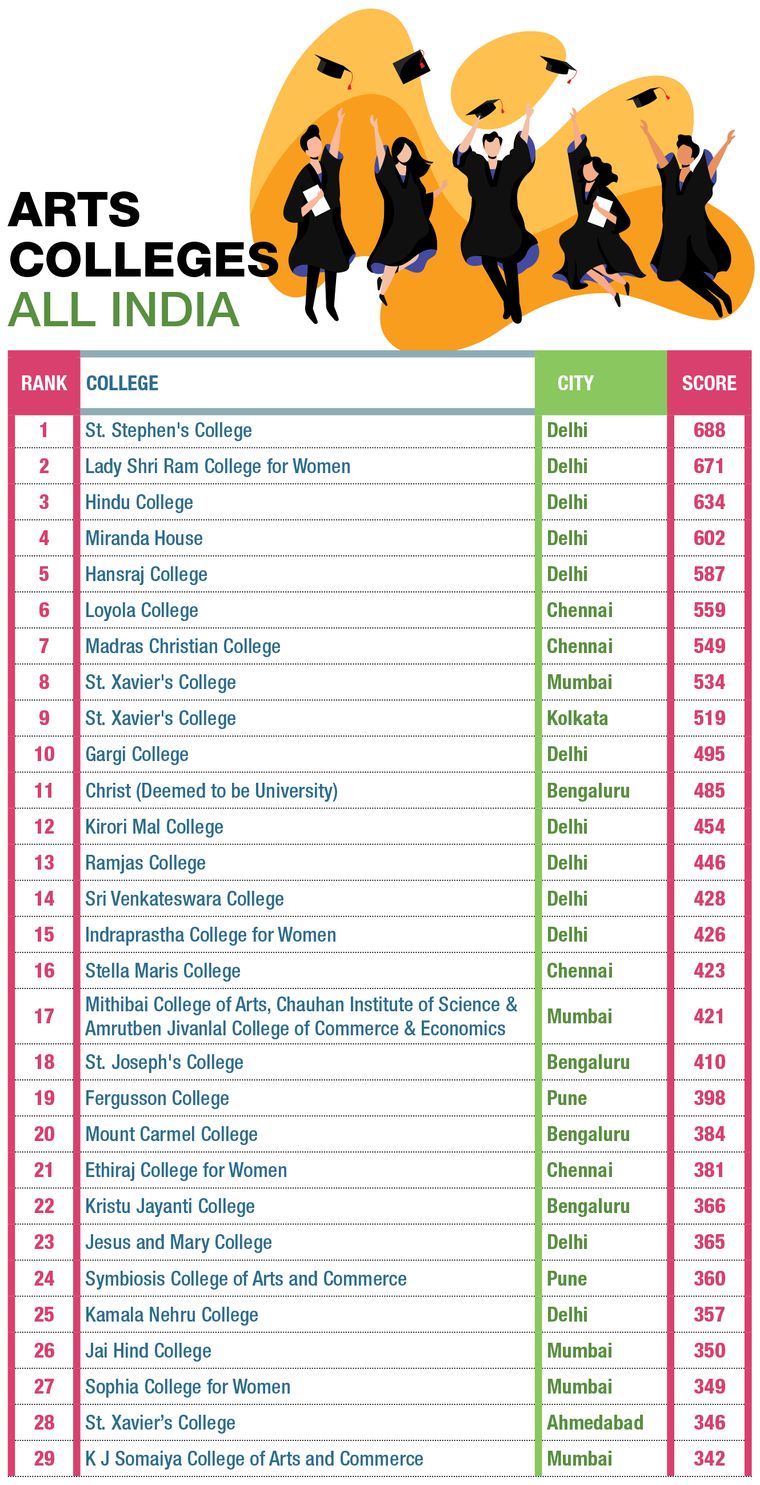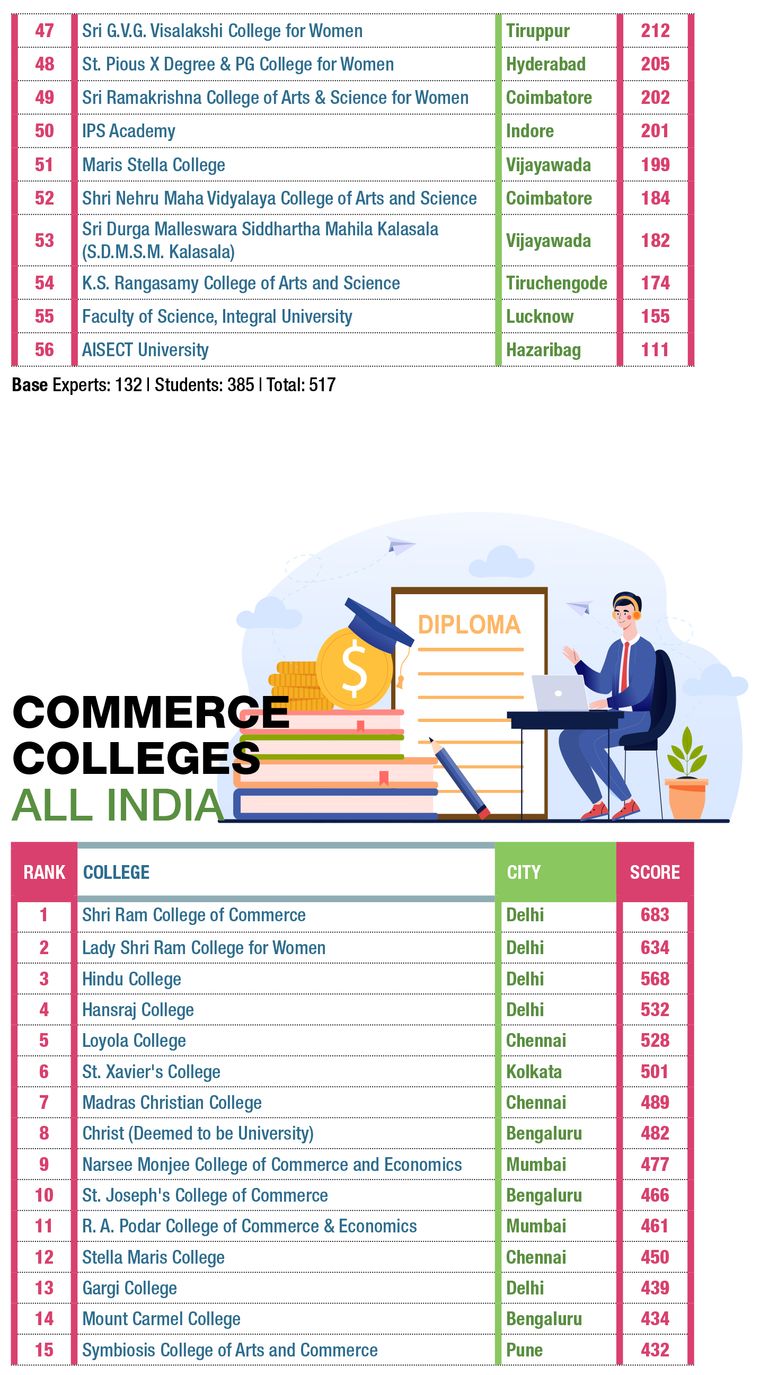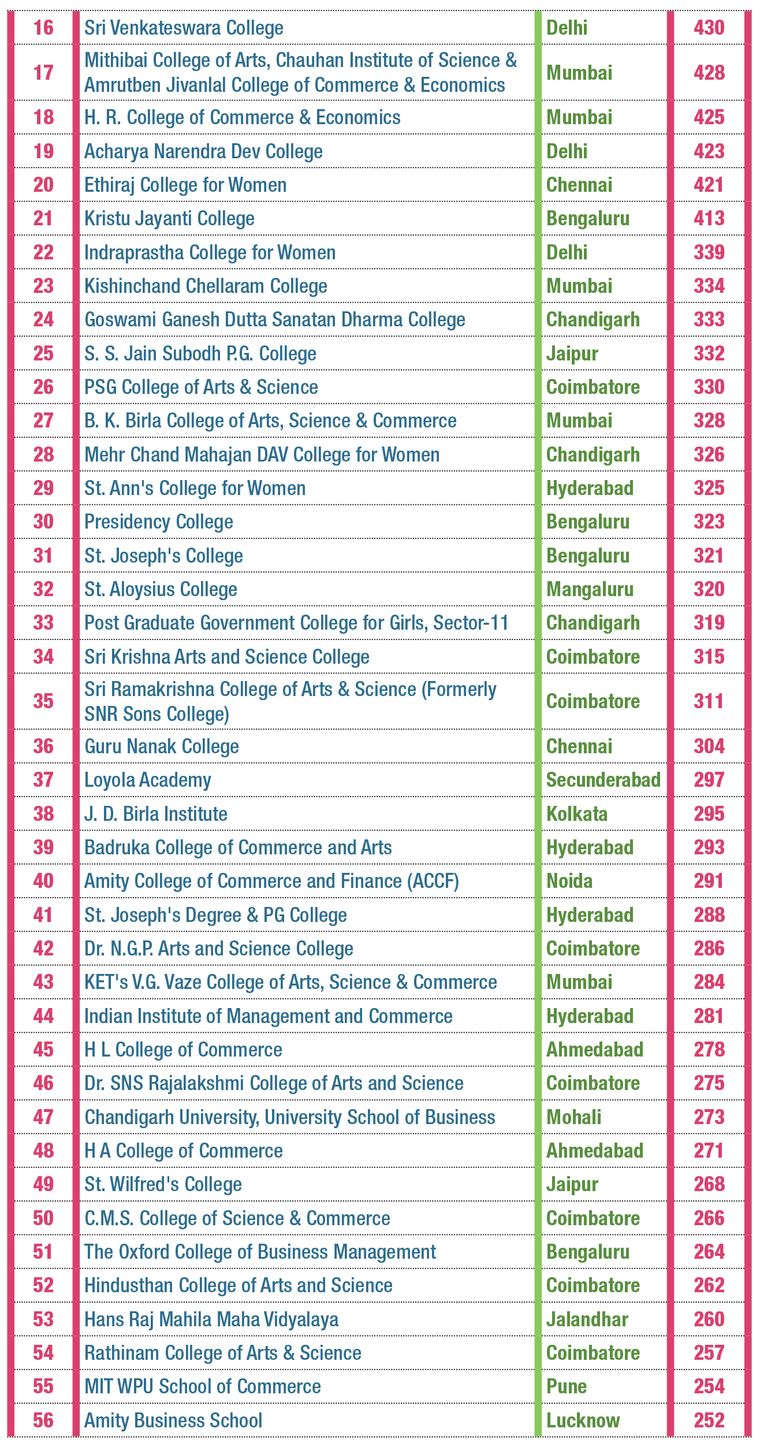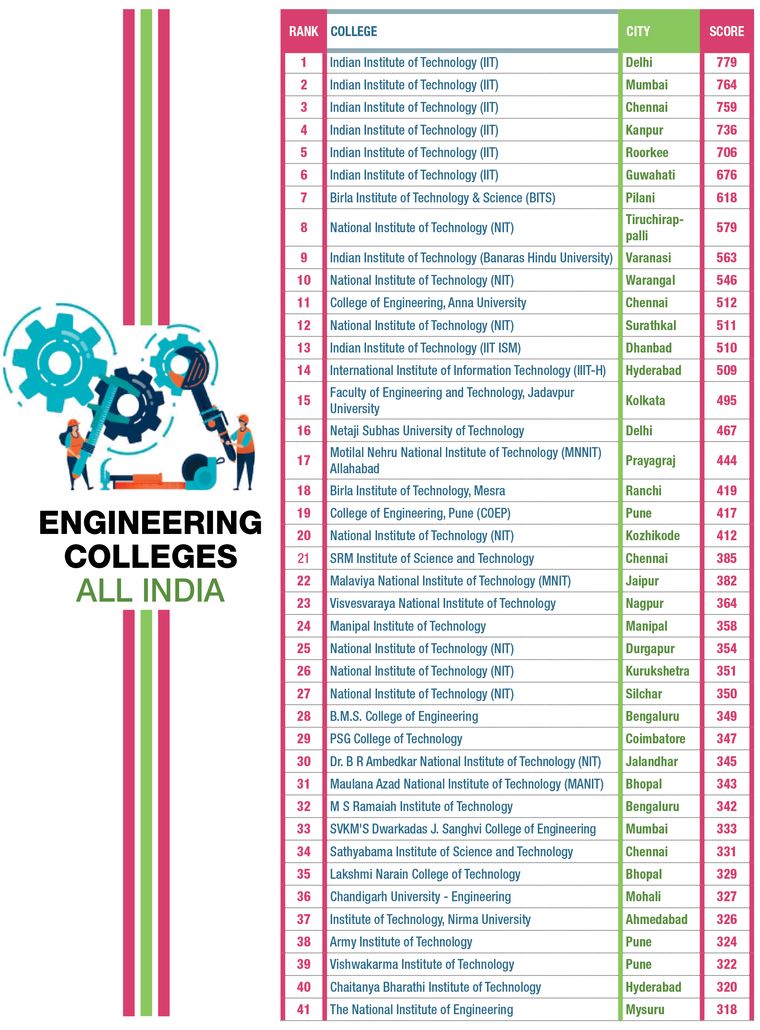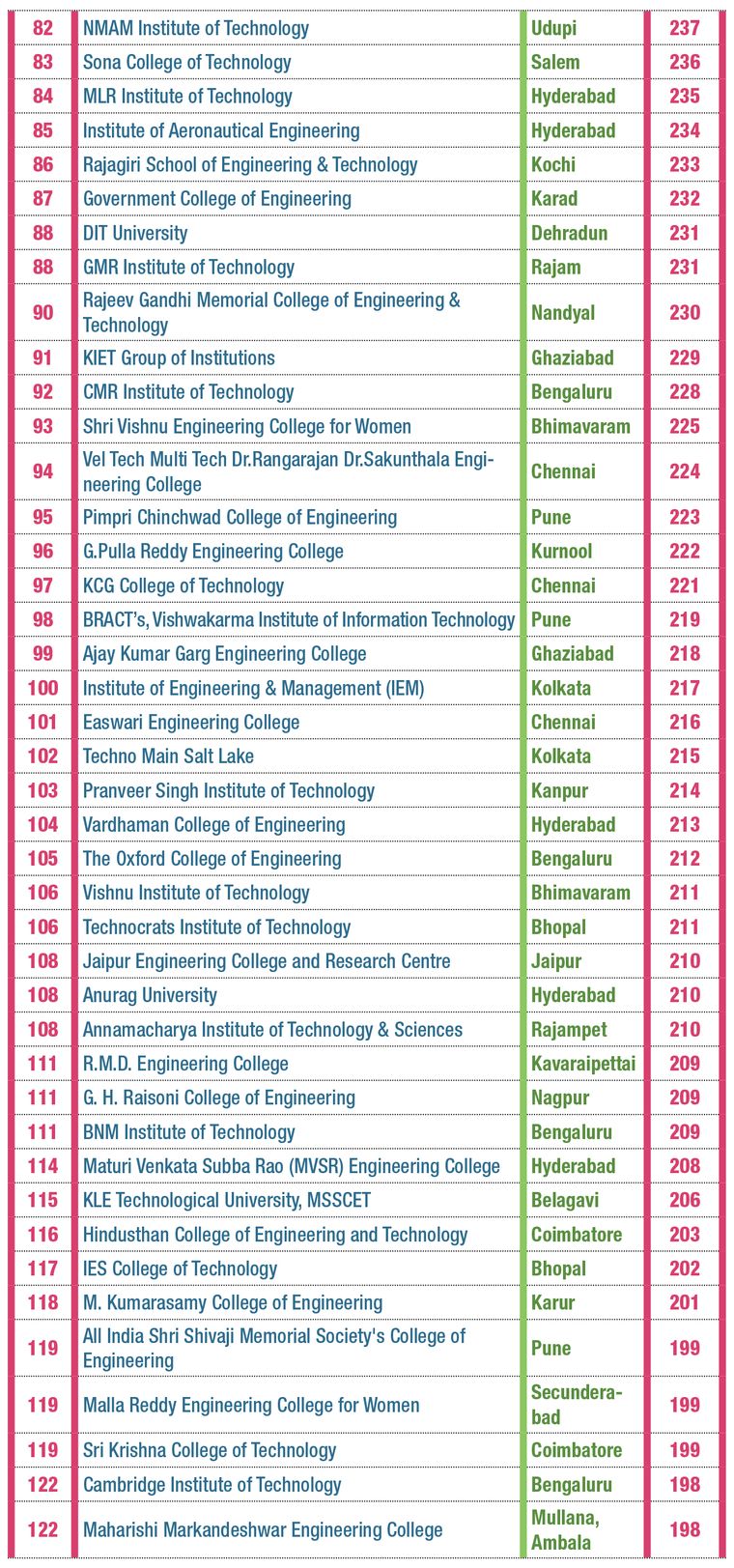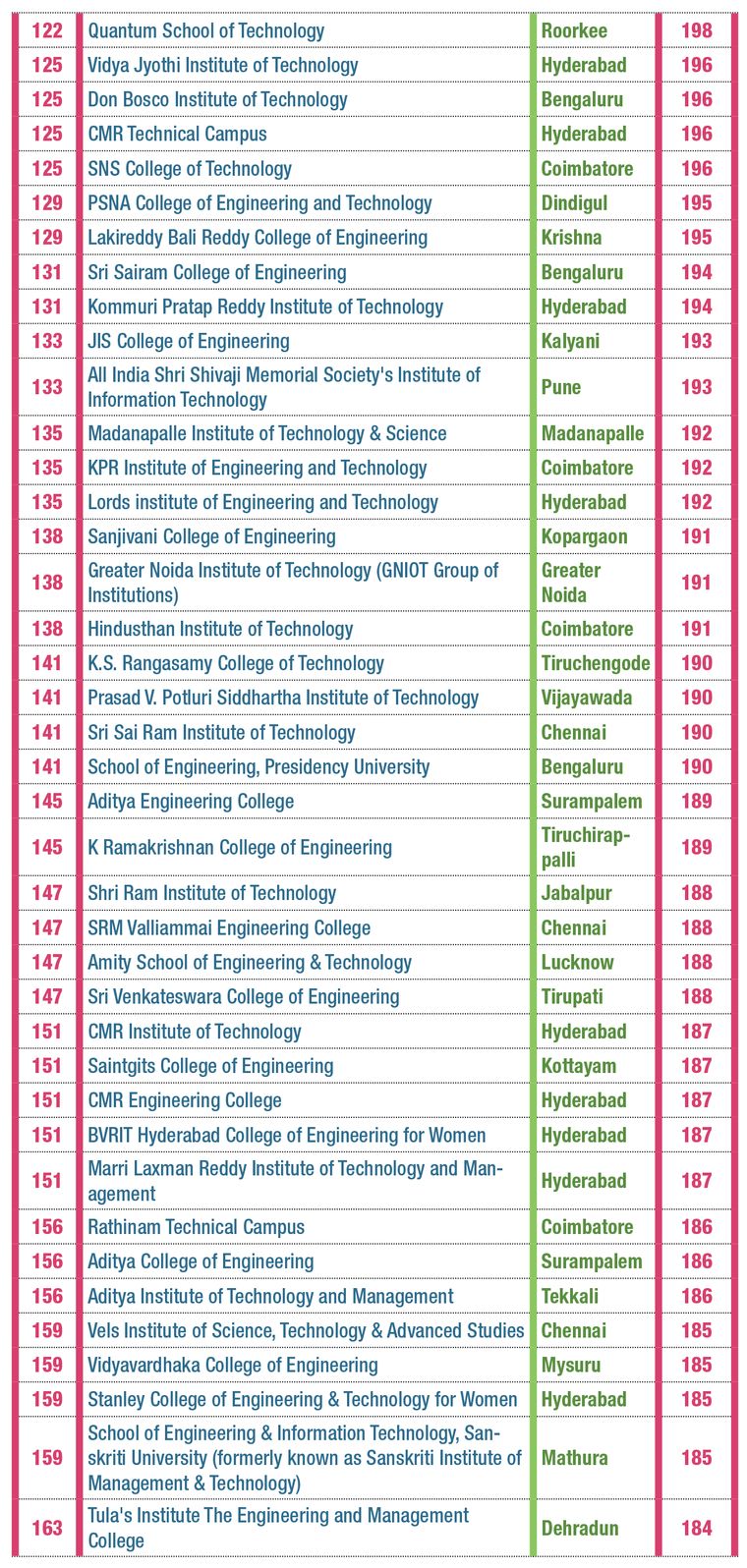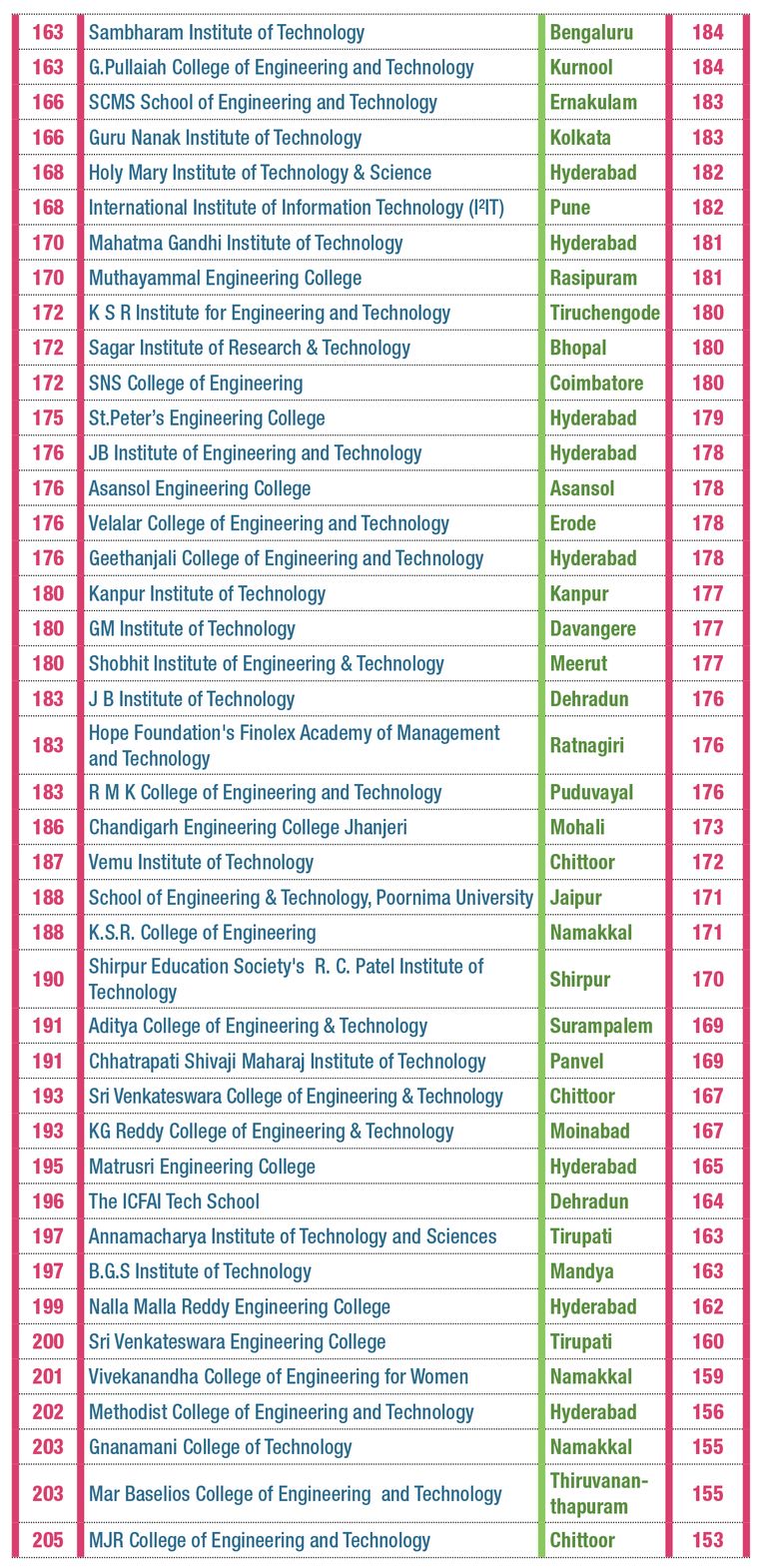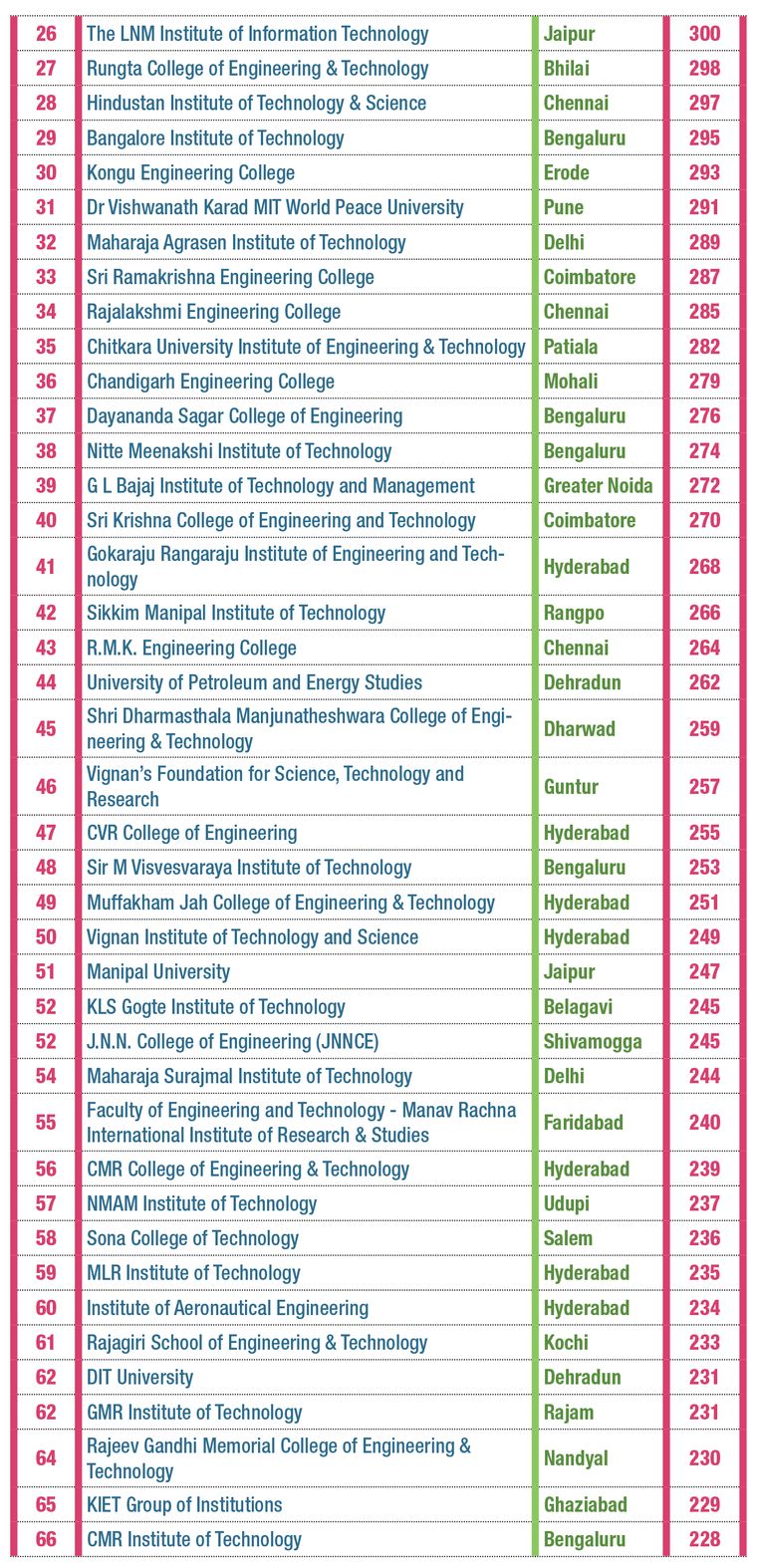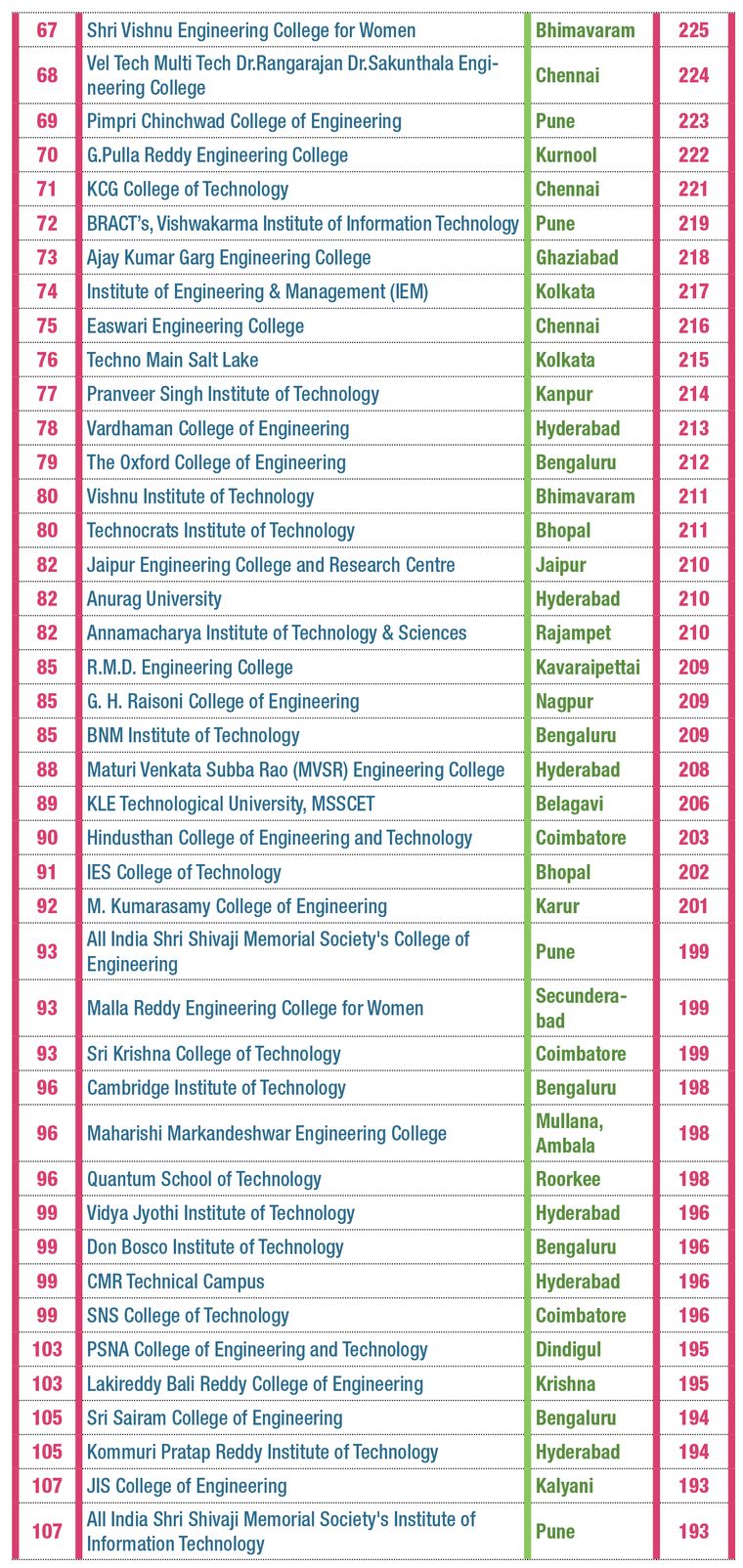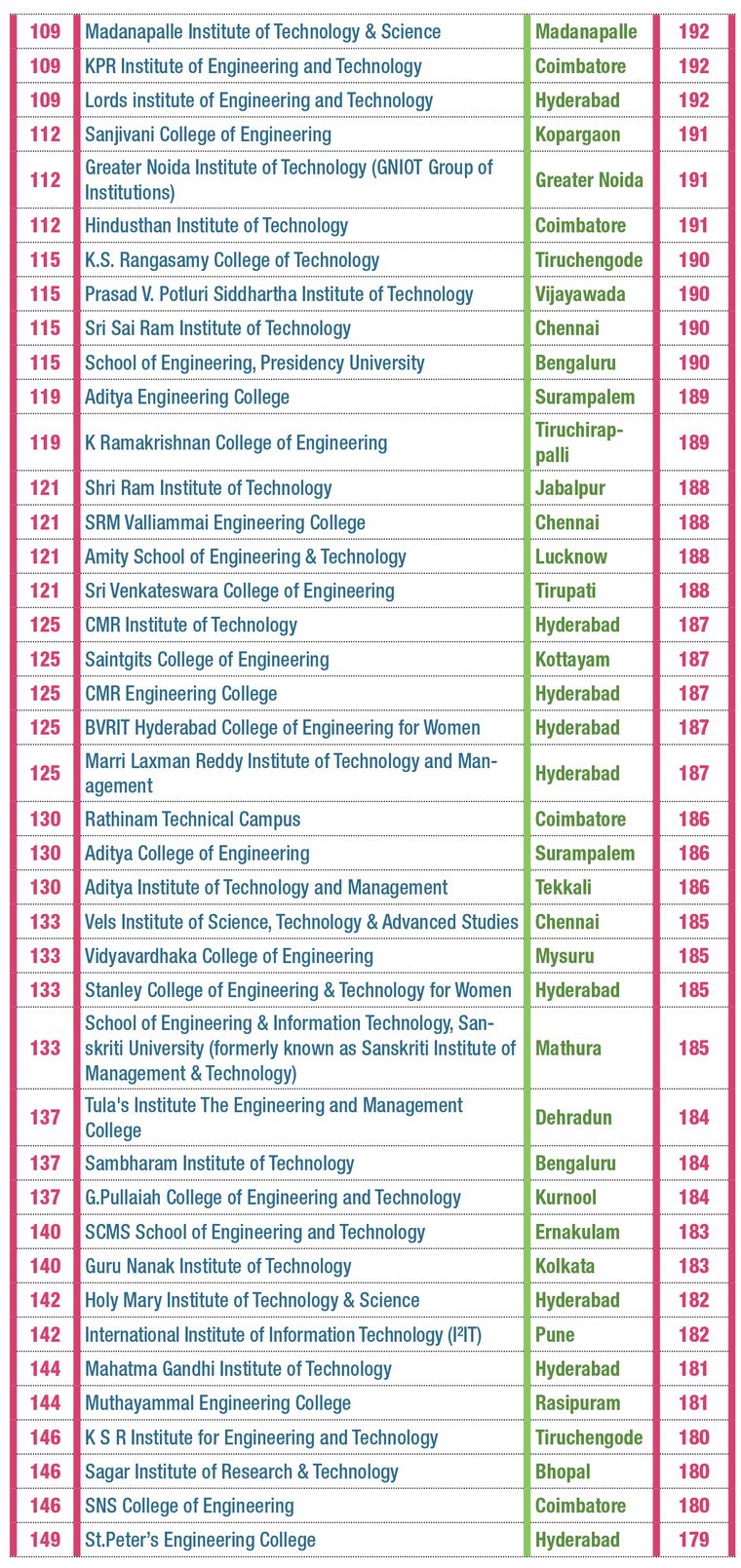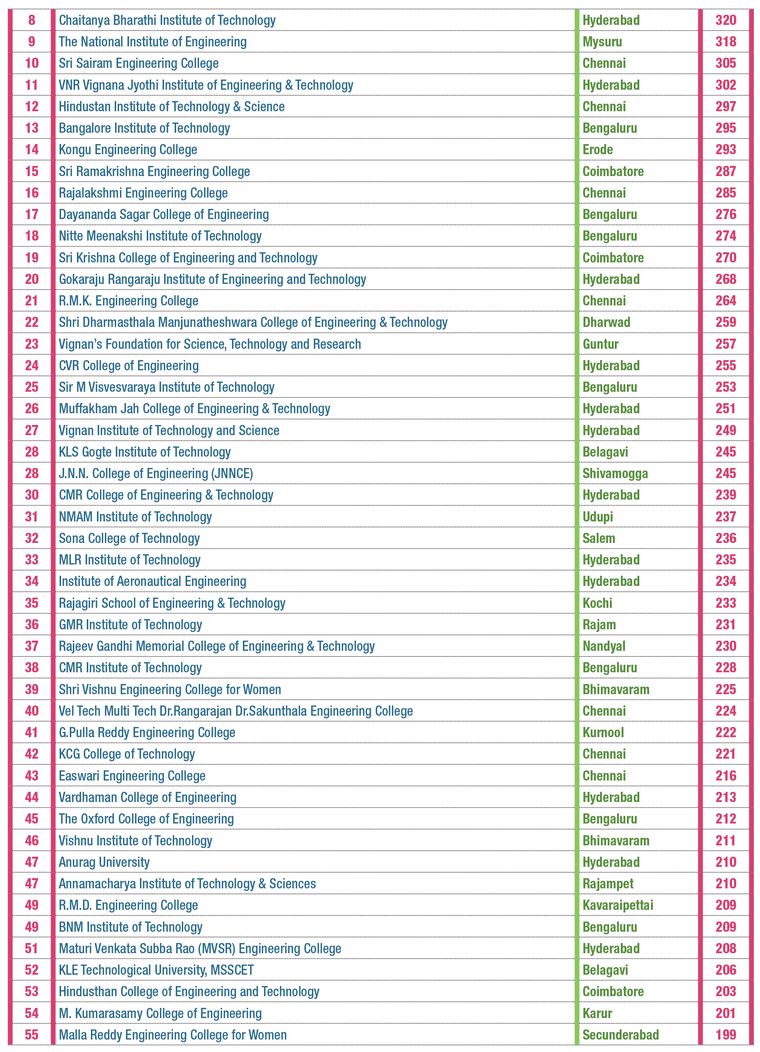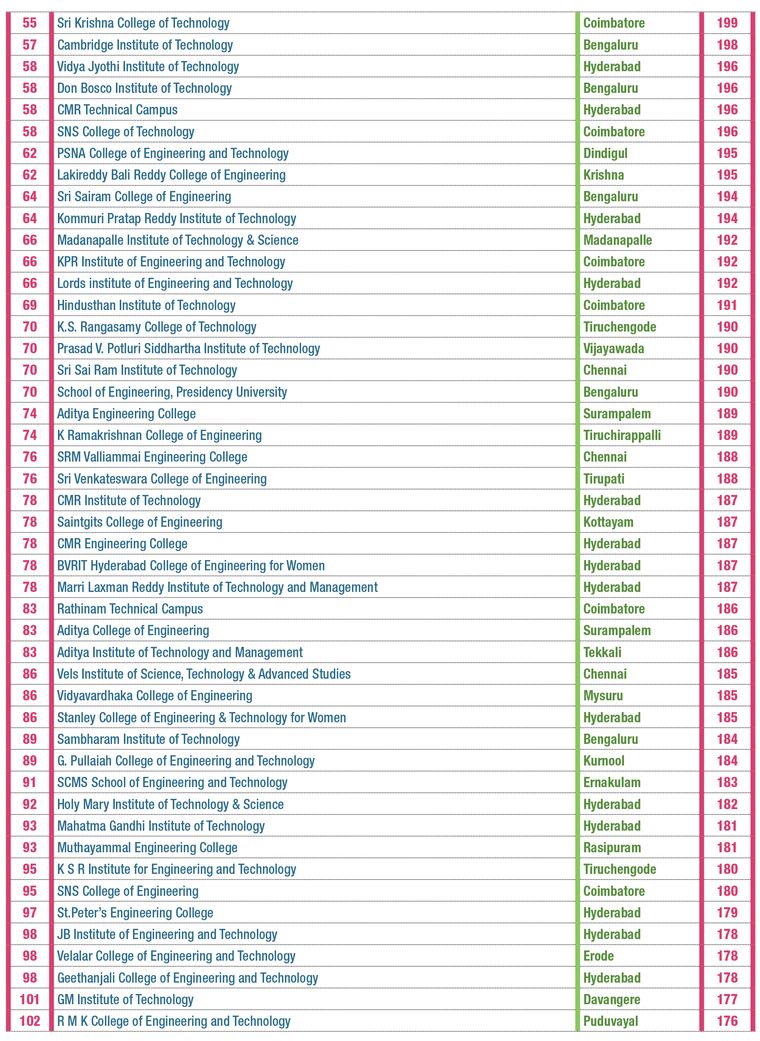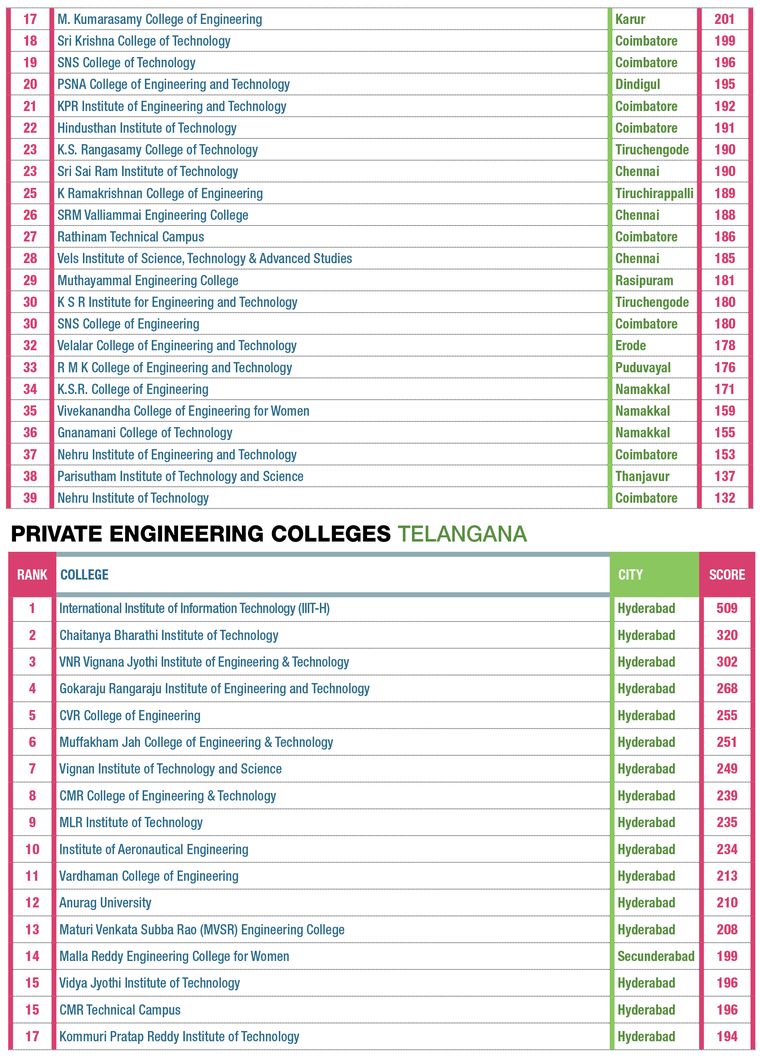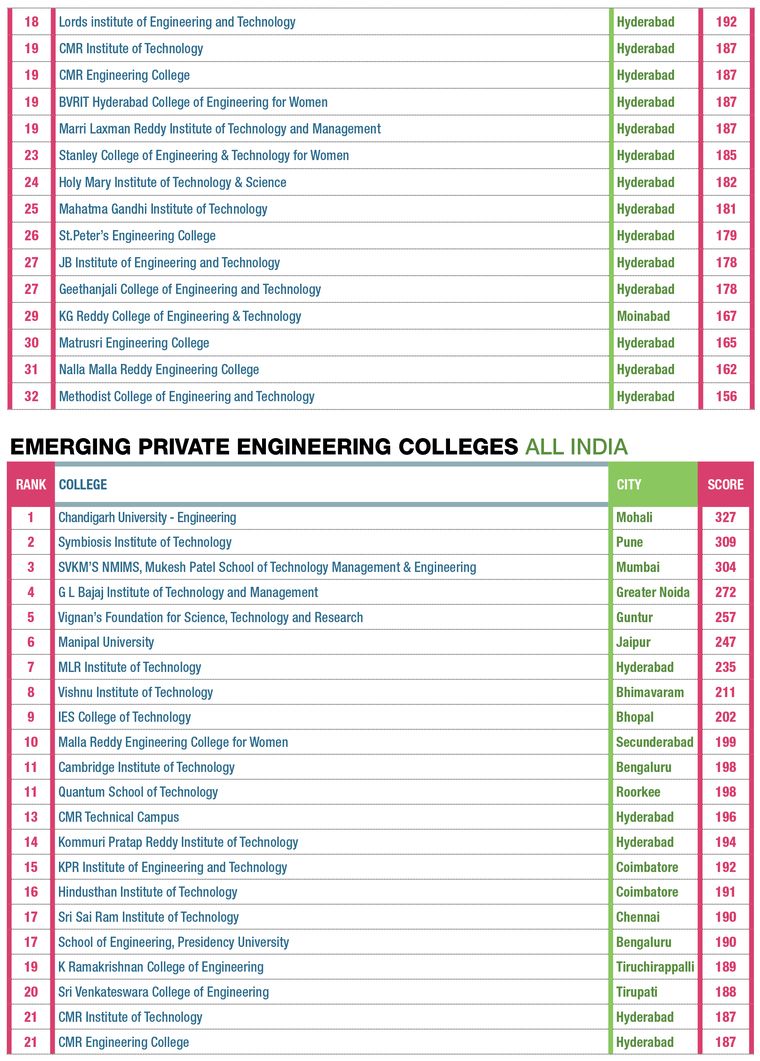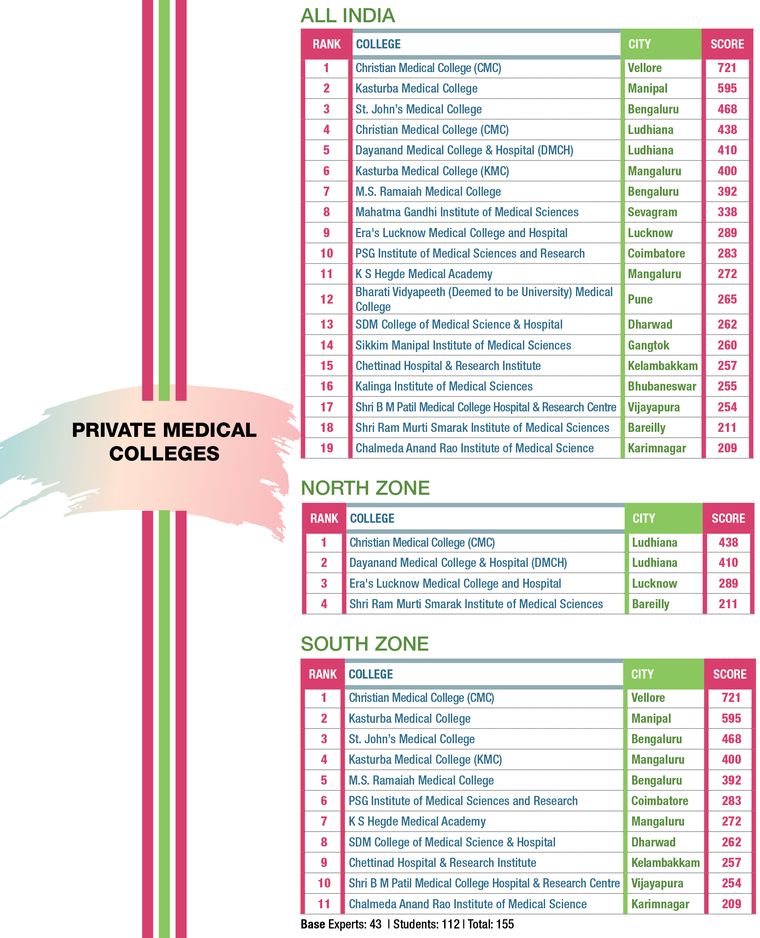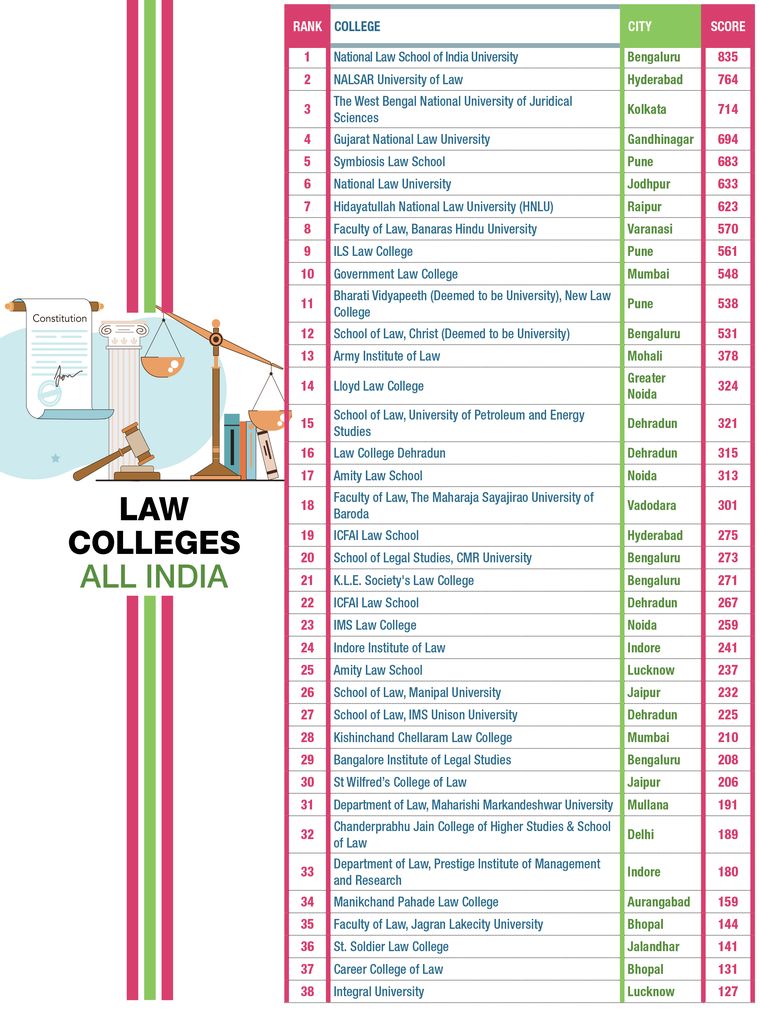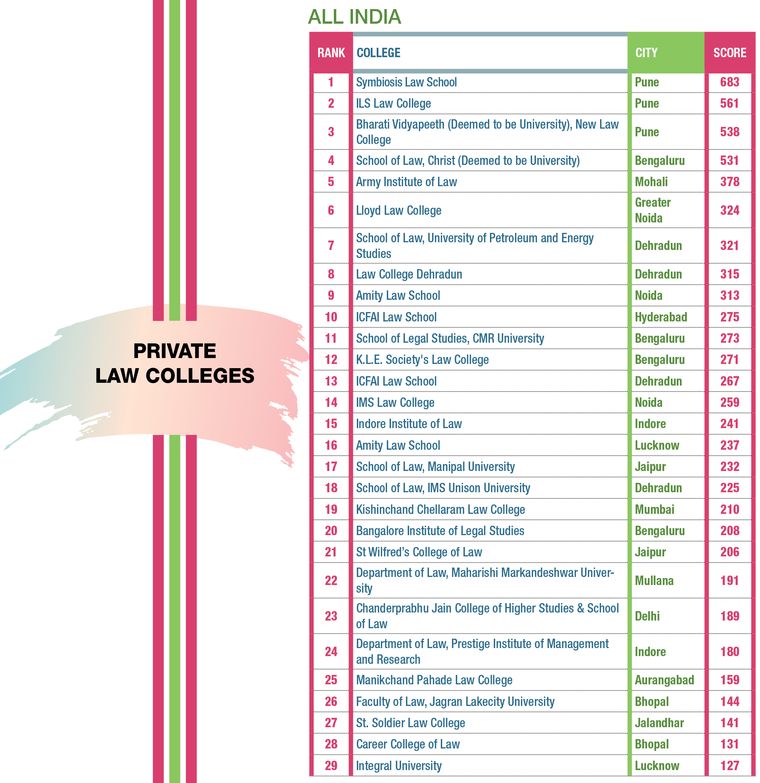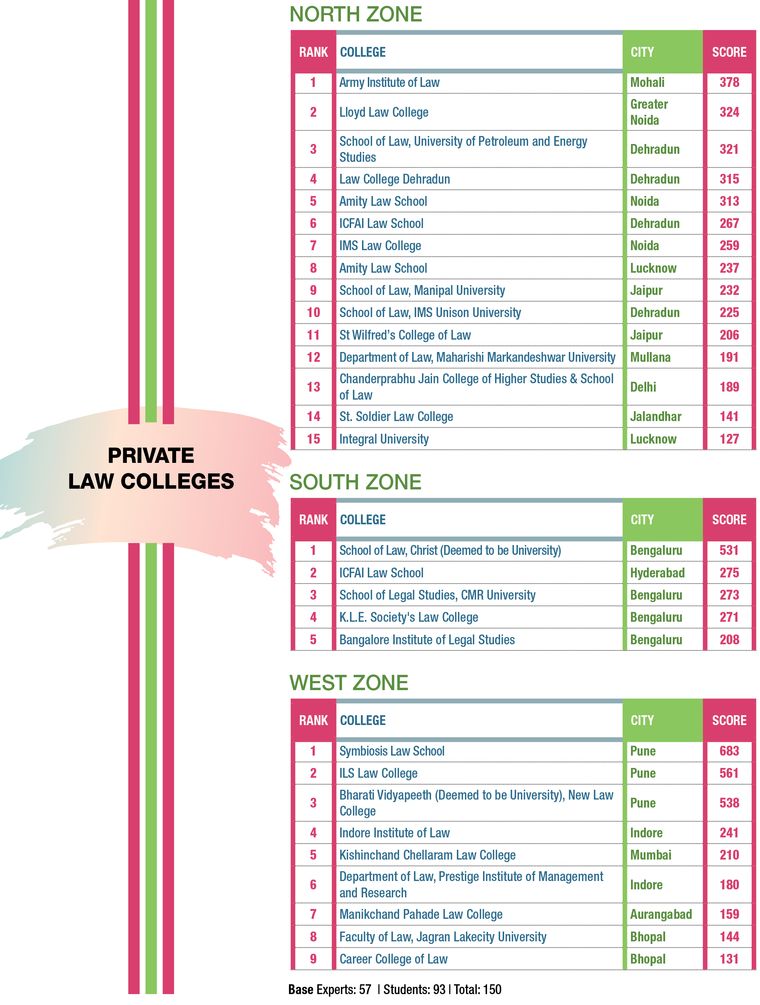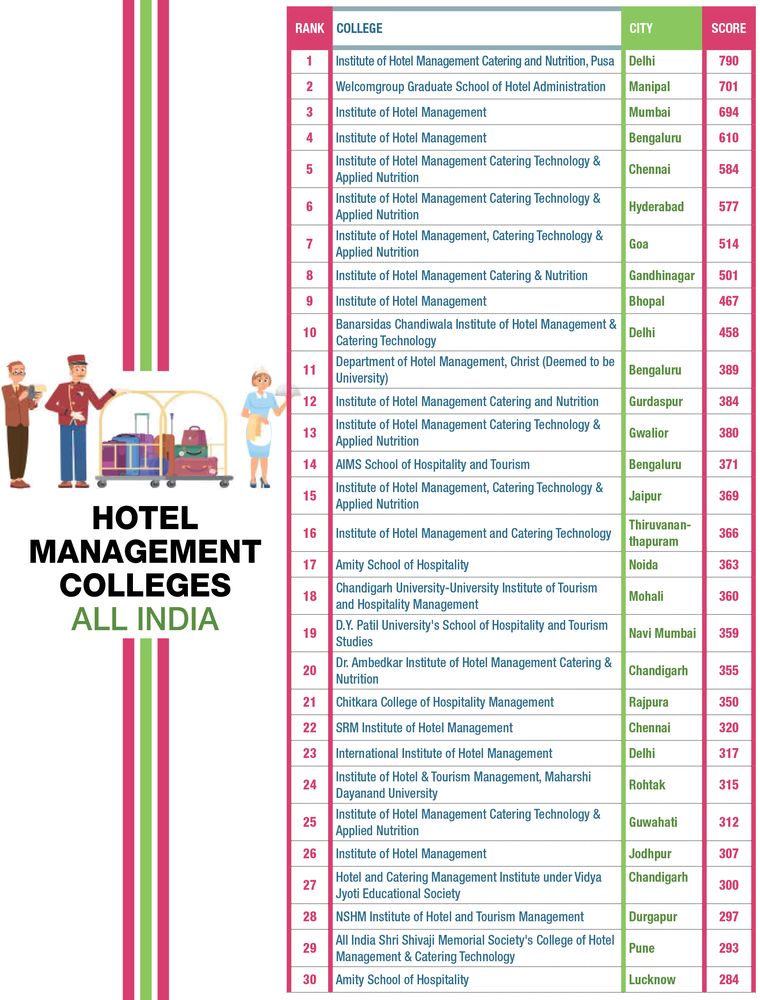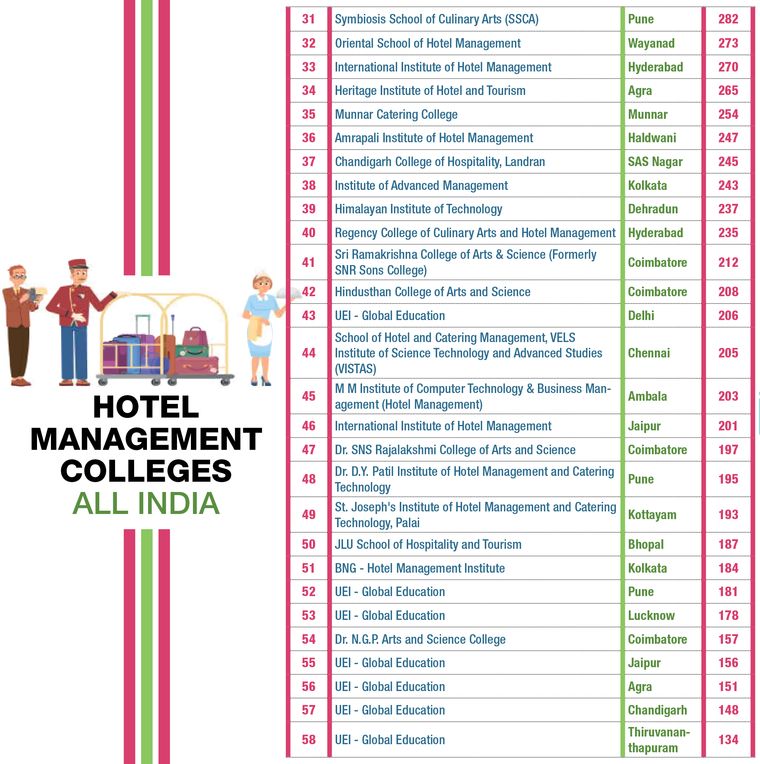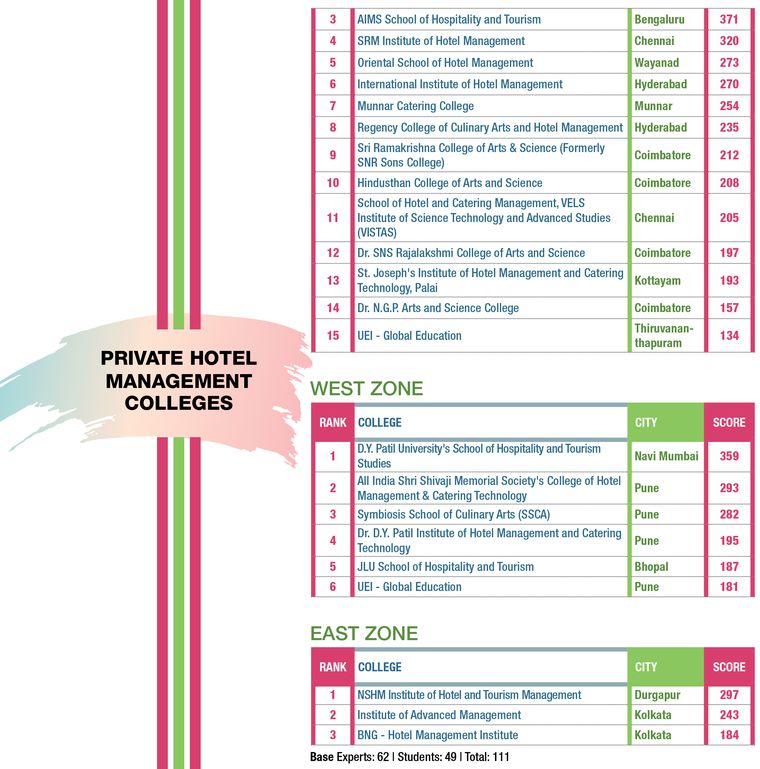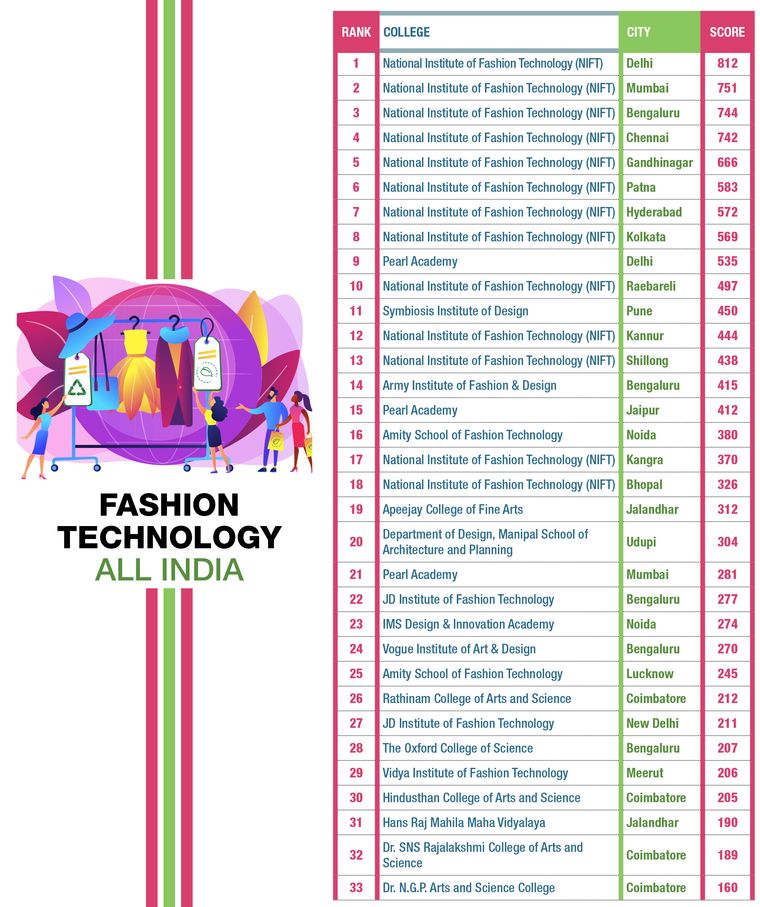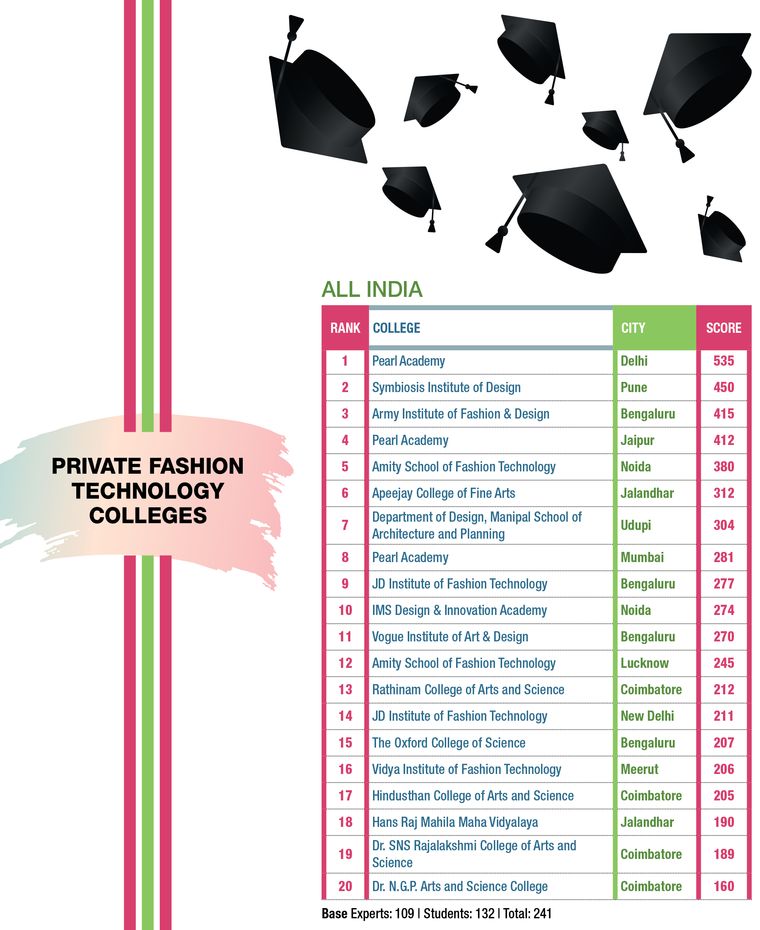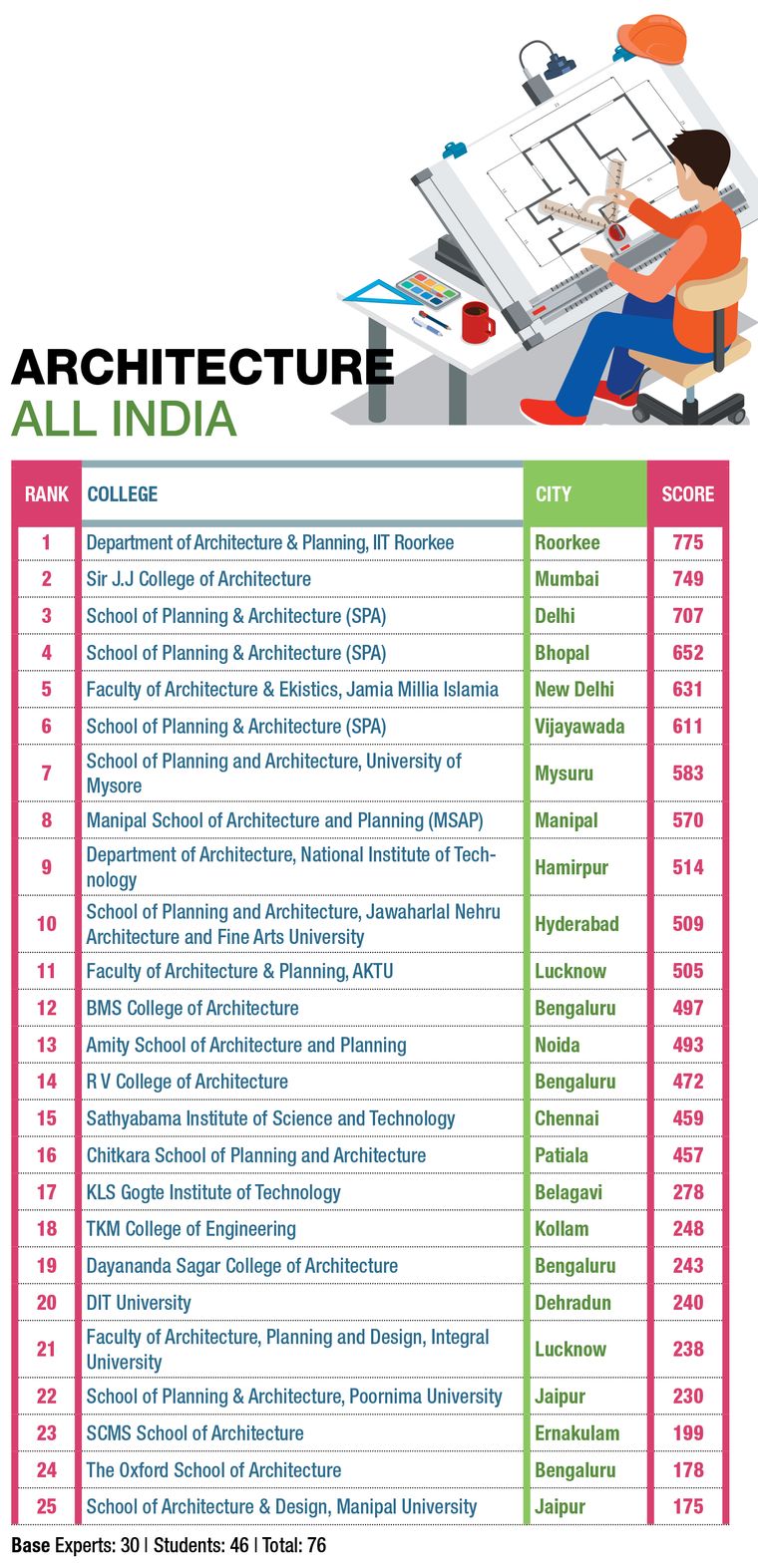Midway through her preparation for the National Eligibility Entrance Test (NEET), Rajeshwari Shahurajshelke from Aurangabad, Maharashtra, realised she did not quite want to pursue MBBS. More inclined towards creative pursuits, she saw herself becoming an author or a journalist. She was veering towards considering English literature. When she gave her NEET exams this July anyway, she realised she had missed out on registering for English in several colleges in Mumbai and Pune. The Maharashtra State Board results were out in March when she was drowned in preparations for NEET. And prominent arts colleges had completed admission processes in June.
But, Shahurajshelke has not lost hope. In August she will be giving her Common University Entrance Test (CUET). Her top preference right now is for getting into the University of Delhi (DU). "CUET has been a blessing as I can still hope to major in English from a good college," says Shahurajshelke, a science-stream student. “I went to a dummy college near Aurangabad where students attend class only to give exams. In fact, few students know about CUET in Aurangabad. If the old system of cut-off lists on the basis of board exam marks was still there, I would have been left with only private colleges as my option right now. I did not study for my boards as I was busy preparing for medicals. I got 83 per cent. With this percentage, and that, too, from a dummy institution, would I have stood a chance for a seat in a top DU college?
Shahurajshelke is certain that her CUET papers in August will be easy to manage even though she knows the competition will be intense. "But it is still better this year when fewer students are participating in CUET," she says.
Shahurajshelke’s story is unfolding in a period of great ferment in the higher education space in India. Her choices are being defined and expanded as a result of a transformative public policy initiative—the National Education Policy 2020—that seeks to remove the rot in the education system by moving from rote methodologies to critical thinking, from passive receiving to experiential learning. To break away from single-discipline-based courses like maths, English, chemistry, physics or psychology to a multidisciplinary curriculum where one can pursue diverse interests as majors and minors.
One of the best examples of a multidisciplinary course today is IIT Bombay’s new Liberal Arts, Sciences and Engineering (LASE) Programme which started last year. Apart from some compulsory courses, second-year undergraduate students can now choose to specialise in any one of five “concentrations”: engineering sciences, natural sciences, social sciences, art and design or design your own custom concentration. After four years, they will be granted a bachelor’s in science for any of the above categories.
Indian languages are being propped up like never before, especially at a time when translation of Indian literature is undergoing its own season of efflorescence. The All India Council for Technical Education (AICTE) initiated technical education in Indian languages in 2021-2022 to decentralise the availability of study material. About 20 institutions had started programmes at undergraduate and diploma levels in five languages—Hindi, Marathi, Telugu, Kannada, Tamil—across 10 states in which 255 students were enrolled. “Out of 24 lakh engineering seats in India each year, only 18 lakh get filled. If we open up seats to engineering in Indian languages, we can open up many more opportunities,” said Santosh Kumar Taneja from Sankalp Foundation Trust in New Delhi at an AICTE conference in June. To provide course material for engineering in Indian languages, the AICTE has introduced technical book writing and translation in 12 scheduled Indian languages.
CUET, the online entrance exam for admissions to Central universities, including the Jawaharlal Nehru University and the DU, will drastically change the admission process to undergraduate courses in India’s top colleges. Colleges under these universities will no longer be able to lay down ridiculously high cut-off barriers, or be swayed by state board-specific marks inflation, as a national multiple-choice question test will ensure obliteration of human subjectivity in admissions.
In addition, the DU, which has under its belt many of India’s top colleges, unveiled the four-year undergraduate structure where both an honours degree in a single discipline and a multidisciplinary degree will have multiple exit options—students can choose to leave in all four years with different certificates and degrees, with the fourth year meant to be a research degree with honours. It distinguishes between dissertation and an academic project where the pursuit of the former will lead to bachelor’s degree (honours with research).
The DU is the first higher educational institution (HEI) to implement the four-year programme as suggested in the NEP recommendations. However, the university is still finalising the first-semester syllabus for most of its programmes. In fact, at the time of admission, students will only know the details of the first-semester syllabus.
There is also greater focus on “internationalisation” of higher education with more active roping in of overseas faculty and students alongside greater collaborations. In April, the University Grants Commission notified the Academic Collaboration between Indian and Foreign Higher Educational Institutions to offer Twinning, Joint Degree and Dual Degree Programmes Regulations, 2022, effective from May 2, thereby liberalising the law for such arrangements.
This period of transition is bound to be overwhelming. With so much set to change, a student entering college life this year is going to be excited or confused. The new batches this year are set to have more opportunities than their seniors, not to mention a highly diverse student body. How will the college classroom experience change?
St. Stephen’s College, Delhi, has the marquee billing in the THE WEEK-Hansa Research Best Colleges Survey 2022, notching the top spot in both arts and sciences. This 142-year-old institution has been a preferred choice among high-performing students, eliciting an Oxbridge kind of reverence in India. It is known to produce civil servants of the highest repute and leaders in the upper echelons of technocracy. This year alone 18 young men and women made it to the civil services from the college.
Recently, the college was in the news for its legal logjam with the DU over retaining its time-honoured tradition of conducting personal interviews for admissions for the 2022-2023 batch, in addition to the CUET scores. The college is trying to prepare its best for the new four-year UG programme (FYUP) and the changes brought in by the NEP. “Covid-19 has also brought a new realisation of what is possible with technology. We are learning as we go along and hopefully will be on top of the curve even as we incorporate new methods into our teaching-learning environment,” says John Varghese, principal of St. Stephen’s College. “The college is confident of breaking into the top ranking institutions globally, but we need the support and backing of the UGC and the government,” he adds.
Bijaylakshmi Nanda, principal of Miranda House, a consistently top-ranking college under the DU, says: “We are trying to bring about as much digitalisation this time but we want the students to be in college so that there is cross-learning between peers. Of course, now they can do a few courses from home in the online mode, but the challenge is going to be able to bring about blended learning without missing out on the vibrant campus life.” The college is popular for courses in humanities and social sciences, including English, political science, economics and sociology. Also known for its robust language department, the college is ready to expand and diversify its roster with specialised language labs and several translation and transliteration initiatives.
There will be training of human resources, capacity building of existing faculties and further engagement with external resource personnel to build these language labs. There is a skill hub now to keep up with the option of branching out to entrepreneurship in the fourth year of college, alongside a Northeast Research and Resource Centre which encourages incubation labs and promotes languages from the region. Now that internship is part of the curriculum, it is an area that will require the maximum amount of investment, says Nanda.
The BA programme or the integrated BA programme had already started picking up, especially among students who wanted to prepare for the Union Public Service Commission examination. So, the BA multidisciplinary degree is something Miranda House is watching out for. Even though the college has had several memorandums of understanding with foreign universities, there was no credit transfer until now. Students could only go to overseas campuses for short-term exchange or summer programmes, but now there is an option for credit exchange, too.
“Every day, there are five students who want to do internships, and you cannot really align their requests with attendance schedules and existing curriculum of the old system. But, it is possible now,” says Nanda. “Young students want to do more research papers, we give them that opportunity, but now it is part of their curriculum. We will need to develop the research abilities of our own faculty members now. So the teacher and the taught, both have to learn together.”
Reverend A. Thomas SJ, principal of Loyola College in Chennai, says: “Campus life would be exciting for the freshers. More interaction and programmes for leadership and soft skills, related culturals and in-person class experience are in the offing.” Founded in 1925, the premier college has produced notable alumni in law, politics, civil services and science over the years. Its most popular courses continue to be BCom and BSc, visual communication, computer science and BA English. This year, the college expects MSc data science, MA international relations and MSc counselling psychology to become more sought after.
Loyola is designing a software that will enable student competency mapping. This will help in scientifically identifying the entry-level competency of the students, and, based on the assessment, give students orientation, career guidance and work plans to prepare themselves to meet their goals. Moreover, the concepts of blended learning—namely encouraging students to join massive open online courses and continued use of online resources, in-person classroom interaction and inputs—would be taken up on a larger scale. The college is moving the whole campus to fibre-networking to facilitate blended learning.
However, some aspects of the NEP are yet to be accepted in Tamil Nadu. The University of Madras, to which Loyola College is affiliated, is not accepting CUET scores. “As learning is transferred on the local and contextual basis, the entrance exams have to be planned at local need-based and context-based level,” says Thomas. “Once any test or examination is centralised, the affordable class gets the advantage in terms of expensive coaching, good teachers, whereas a poor student cannot afford all these things. As the maxim goes, one size does not fit all. One centralised test cannot judge the true potential of a candidate.”
Several other states have only just begun discussing the modalities of implementing NEP-driven reforms in colleges. Maharashtra is one of them. For most undergraduate courses in Mumbai, the academic calendar starts in the second week of June. Autonomous colleges like St. Xavier’s College, Mumbai, have their own internal admission process. Rajendra Shinde, who took over as principal of St. Xavier’s in 2018, says the Maharashtra government has told them to start preparing for applying NEP recommendations from next year. “If we are implementing the [FYUP], I really have to think about my logistics in terms of classrooms and teachers and their workload,” he says. “In addition, we have a junior college (Class XI and XII) in our building. The government is quiet on that. The NEP says hand them over to a school. It is not as simple as that, especially physically shifting some 1,500 students elsewhere.”
Shinde is more concerned about students disinterested in offline classes two years after the start of the pandemic. “This is the first time students have returned on campus after the pandemic but they have not been able to get out of their comfort zone,” he says. “They insist on online lectures. They cannot sit through an offline class. They have not grasped concepts, and BSc students are unable to handle lab equipment. For now, it is about getting back to the basics, hands-on, offline mode. It is learn, unlearn and re-learn.” He adds that BA psychology, economics, microbiology and life sciences continue to be the most popular courses, apart from political science and the combination of maths, statistics and economics.
The faculty at colleges of the DU are working overtime to grapple with the swift changes about to take place in the structure of UG courses. “The pandemic has not really gone away. Many resource persons are still apprehensive about meeting physically as far as formulating courses are concerned,” says Deepika Chatterjee, associate professor in the department of philosophy at Gargi College. “Most of the students are done with languages as a compulsory paper in school. But under the new FYUP curriculum, college students have to study one Indian language listed in the eighth schedule of the Constitution as a credit-earning subject in the first semester. One needs to remember that few colleges in the DU have an active language department, except for Hindi and Sanskrit. And English is no longer compulsory as an elective.”
The omission of English from ability enhancement compulsory courses and as a core option in the BA and BCom programmes in the Undergraduate Curriculum Framework, 2022, has been a bone of contention among English teachers at the DU. They fear the loss of workload will lead to job losses.
Varghese sums up the challenges ahead and possible ways to reduce the risk, especially by reposing trust in teachers who will be the ultimate foot soldiers of the new era of education being ushered in by the NEP 2020. “With the changes that the NEP seeks to effect, there is a huge deficit in terms of infrastructure and teaching staff, considering there is now one more year for the UG programme and we hope that the UGC will keep in mind this sudden demand and support HEIs with teaching staff and support for infrastructure, even if only through a one-time grant,” he says. “It would have helped smoothen the transition if we had taken a few steps at a time rather than move into the new system en masse. I fear the consequences of rushing into such a drastic change are not going to be pleasant.”
“As always, students will bear the brunt of this—having just taken their board exams, they are now sitting for an all-India level entrance exam,” adds Varghese. “How comprehensive the exam is, is anyone’s guess. How will the results be interpreted by the university? I have also come to know that in case of a tie in the results, the university will fall back on class 12 scores. So does that not show the proverbial chink in the CUET’s armour?”
Varghese says it would have been wiser to begin with primary school-level changes and scale them up to HEIs over a five-year period. He points out that the NEP has some excellent ideas and noble intentions, but ground realities need to be taken into account. “If we have some of the best bureaucrats, some of the best technocrats, some of the best administrators, entrepreneurs, captains of industries and judicial experts in the world, we must not forget that they were all products of an educational system which nurtured them,” he says. “Like in the Aladdin story, are we selling our old magic lamp for a shiny, new and impotent system? Time will tell.”
Girish Desai, Executive director, Pimpri Chinchwad Education Trust, Pune
PCET has MoUs with 22 reputed international universities in the US, Europe, Africa and Asia for student exchange programmes and teaching-learning collaborations. Foreign languages like Japanese and German are taught at our institutes. Our engineering colleges have strong industry partnerships and research and innovation outcomes.
Nandan Gupta, chairman, Regent Education and Research Foundations; chancellor, Swami Vivekananda University; director and managing trustee, Swami Vivekananda Group of Institutes
The experience for the batch of 2022 would be different as we have just introduced industry integrated programmes in civil, electrical and mechanical engineering, and an employability skill development programme and a deep tech programme. There are also special evening classes in the online mode and regular industry interactive sessions.
Amrita Katara, managing trustee, Hope Foundation and Research Centre, Pune
College experience would be more thrilling as young and energetic students are permitted to explore their interests through the minor degrees such as honours courses. This allows them to pursue their career as early as possible. They will also develop the confidence in their acquired skill sets based on the multiple entry and exit recommendation.
Y.S. Rao, branding and PR, Anurag University, Hyderabad
Creating new courses with dynamic and flexible curriculums which can provide opportunities for gainful engagement (jobs and entrepreneurship) is the top priority in the future. We expect our students to evolve as holistic individuals with strong ideals of nationalism and increasing concern for the environment.
Vandana Arora Sethi, group director, chief strategy officer and head of growth, Lloyd Group of Institutions
The massive tech revolution will bring major advances and policy changes. These multifarious changes are set to recentre the college experience for the newer set of learners, with a room for more equity and inclusion at each step. Collectively, these changes will create a more articulate, innovative, skilful, and tech-savvy generation of learners and leaders.
Manbir Singh, pro-chancellor, CT University; managing director, CT Group
As CT University has students from different countries and states, students will experience cultural diversity. They will also benefit from modern labs and advanced studies as well as cultural activities, including interaction with movie stars, peer discussions and sports activities.
Prashant Bhalla, president, Manav Rachna Educational Institutions
(The NEP) requires a flexible and innovative curriculum that includes credit-based courses and projects in the domains of community engagement and service, environmental education, and value-based education. Post Covid, the educational system has had a paradigm shift. Now students want to experience a sense of security while pursuing the course.
Maitreyee Chaudhuri, Group director, IAM Institute of Hotel Management, Kolkata
[For the new batch,] the student experience will be centred around a holistic learning environment that recognises and enhances the ability of an individual student. The students are put in an environment that simulates industry requirements and hones their professional abilities. The learning atmosphere is dynamic, professional and, above all, a lot of fun.
Research methodology
THE WEEK has been conducting the Best Colleges Survey in association with Hansa Research since 2009 to rank the top colleges in India. This year, the study was done across 11 disciplines—arts, science, commerce, engineering, medicine, dentistry, law, hotel management, fashion technology, mass communication and architecture—and covered 22 cities.
A primary survey was conducted with 1,089 academic experts, 2,410 students and 37 recruiters. Opinion of recruiters was taken only for engineering. The respondents were asked to nominate and rank the 25 top colleges in India and their respective zones.
Perceptual score was calculated based on the number of nominations and the actual ranks received.
For factual data collection, a dedicated website was created and the link was sent to more than 3,500 colleges. Of the 532 colleges which responded, seven were rejected as they did not meet the eligibility criteria—at least three batches should have graduated.
Factual score was calculated based on weightages assigned to parameters such as infrastructure, faculty, teaching-learning process and extracurricular activities, placement and hospital association (for medicine and dentistry).
Final score = Perceptual score (out of 600) + factual score (out of 400)
Some colleges could not respond to the survey. For them, composite score was derived by combining the perceptual score with an interpolated factual score based on their position in the perceptual score list.


